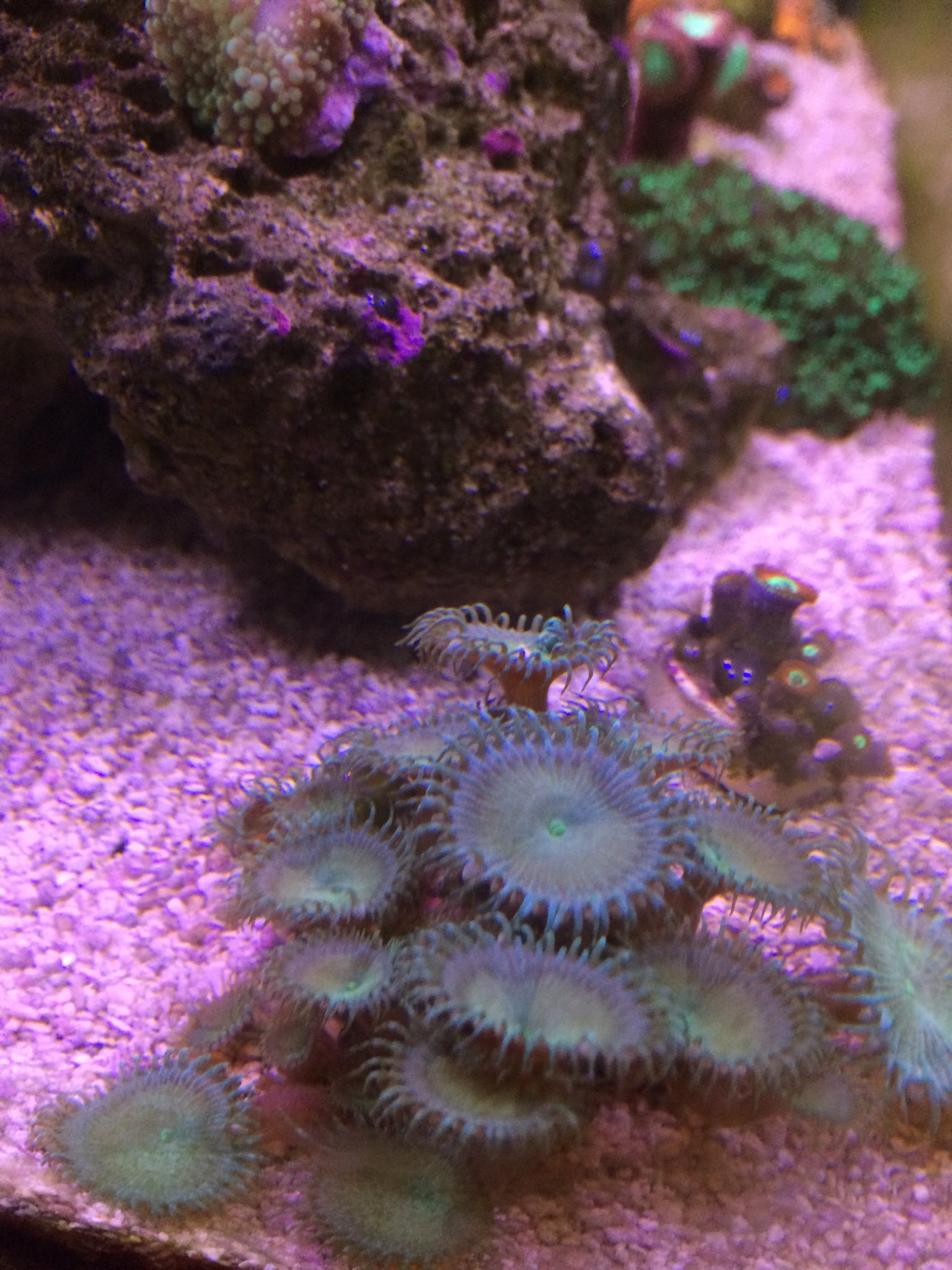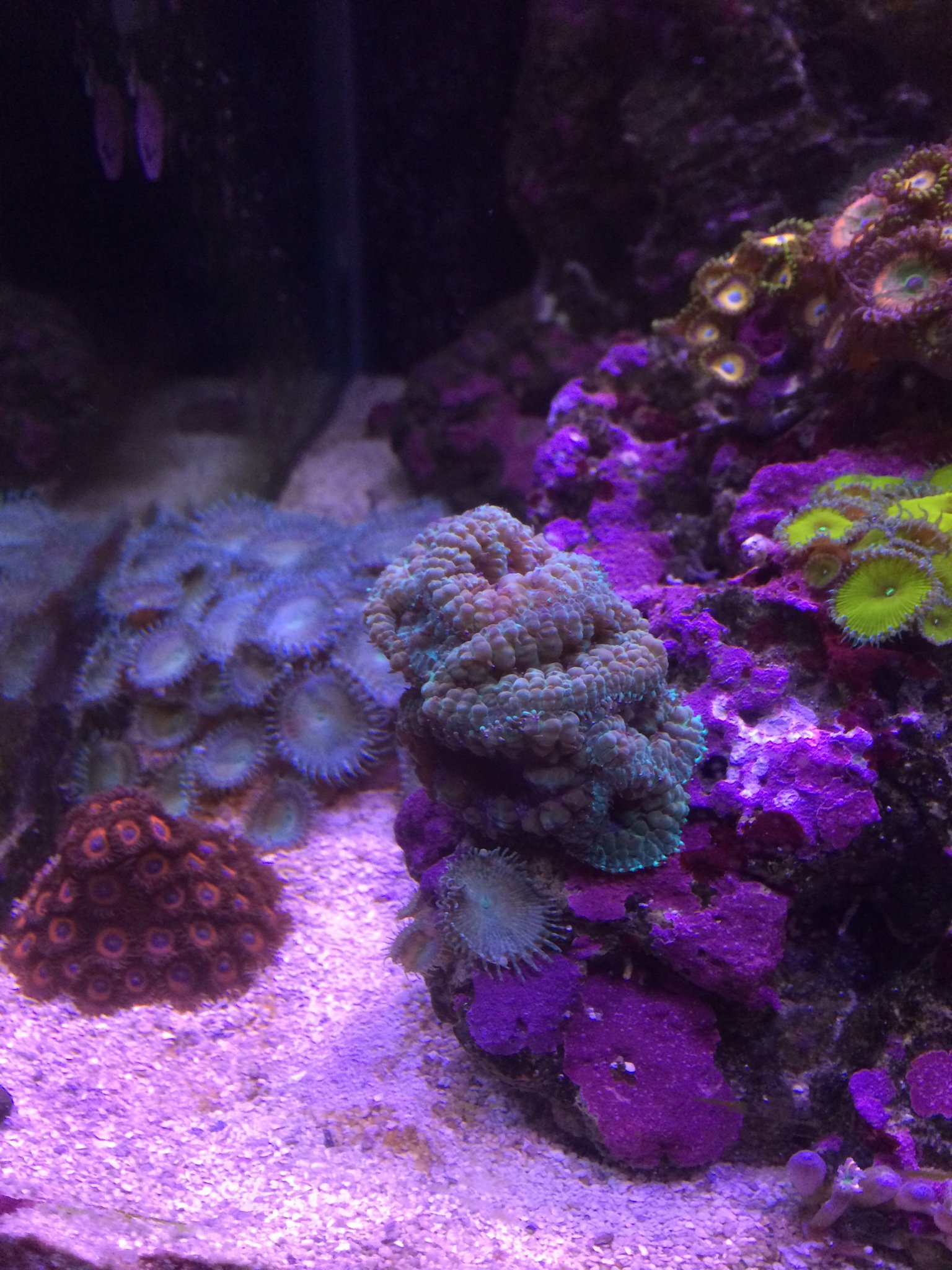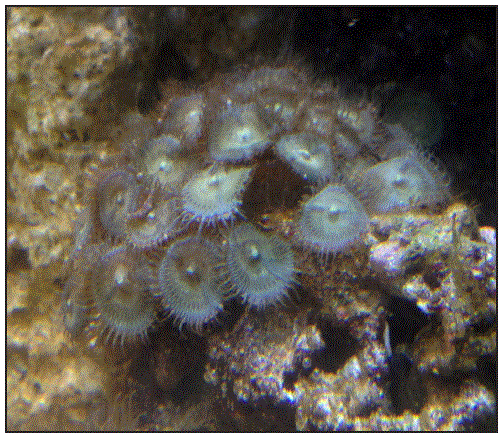Still better to treat them all as possible carriers and have the proper protection. Recent media stories have shown this not always to be true, and many people have those with toxins without knowing.I'm sure a lot of folks have seen this, but I'll post anyway https://reefs.com/2015/09/14/the-dangers-and-myths-of-zoa-toxicity-part-1/ . According to these articles, zoanthids harboring palytoxins aren't really that common in the aquarium trade though they do show-up. Most are pretty dull looking, making them not that appealing to many aquarists.
Better to practice safe and responsible reefing than end up needing to find someone to feed your fish for a few weeks while your in hospital





















